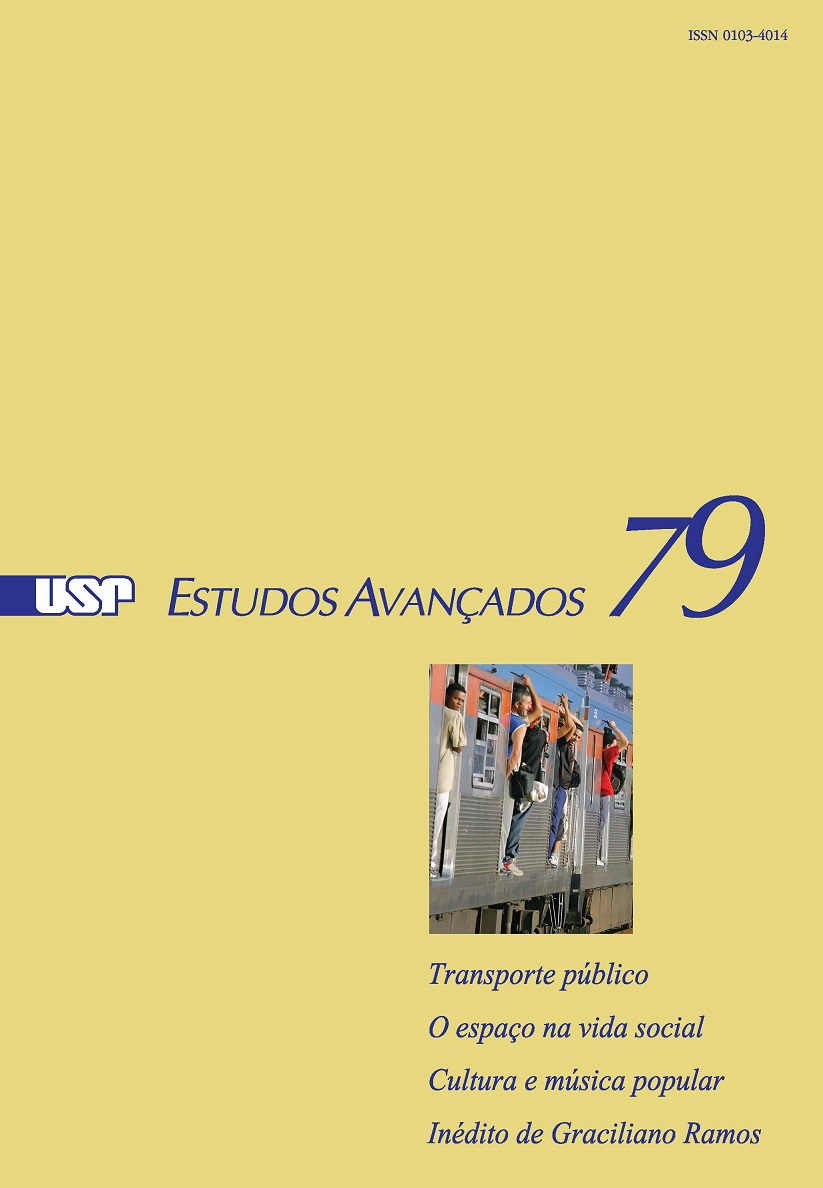Urban mobility: a challenge for the people of São Paulo
Keywords:
Infrastructure and life systems, urban mobility, expectations (in public transportation), road system (insufficient and inelastic), automobiles (future), regulation, urban managementAbstract
When "reading" a city, I distinguish physical infrastructures from life systems in order to assess whether the former provide adequate support for the latter. To approach and understand a city, I attribute greater importance to anthropological than to statistical aspects. In evaluating urban mobility, we must consider three different flows: of intangibles (information), freight (goods) and people. Regarding the flow of people, the expectations are proximity to boarding points, punctuality and comfort. Public transportation is a system comprising various modes, including pedestrians. In the future, there will be more leasing than ownership of automobiles, as well as an industry devoted to recycling used cars parts. Should the right to mobility be free of charge to users or should they be made to pay, albeit with subsidies? Public policies must apply urban planning to improve urban management, reduce the need to commute, change car usage patterns, monitor services with governmental participation, systematize transportation modes, and ensure punctuality and comfort in transportation.Downloads
Download data is not yet available.
Downloads
Published
2013-01-01
Issue
Section
Transporte Público
License
Estudos Avançados não celebra contrato de cessão de direitos autorais com seus colaboradores, razão pela qual não detém os direitos autorais dos artigos publicados. Os interessados em reproduzir artigos publicados na revista devem necessariamente obter o consentimento do autor e atribuir devidamente os créditos ao periódico.
How to Cite
Wilheim, J. (2013). Urban mobility: a challenge for the people of São Paulo. Estudos Avançados, 27(79), 7-26. https://revistas.usp.br/eav/article/view/68699


